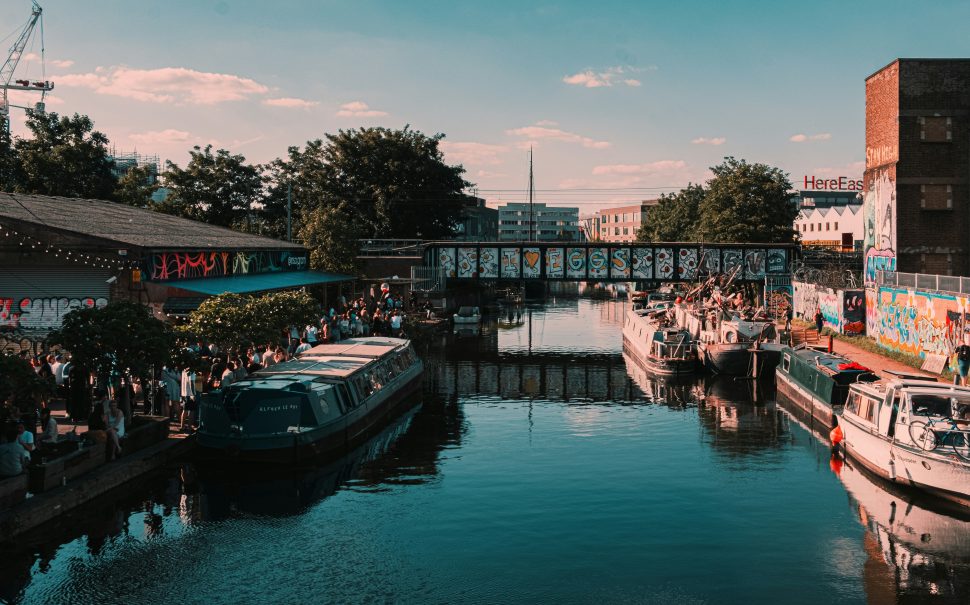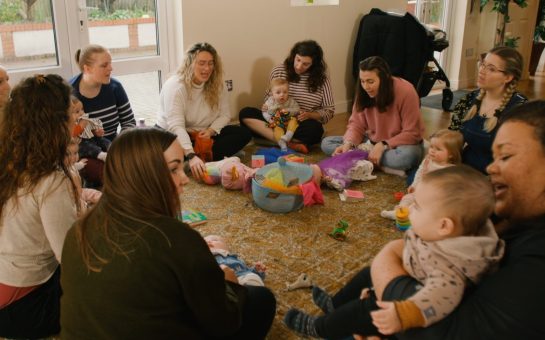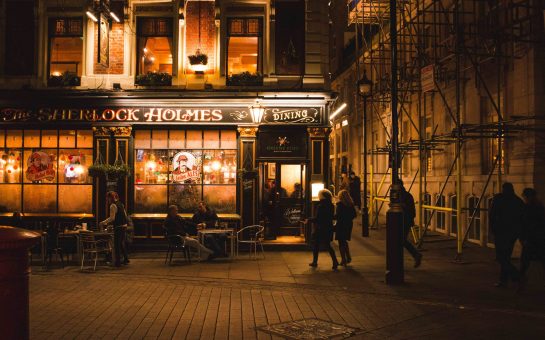Rising rental prices correlate with a higher density of cultural infrastructure, recent data has revealed, suggesting that being part of London’s creative scene may come with a hidden price tag.
Figures collected from the Mayor’s Cultural Infrastructure Map and private rental markets in London show that where creative facilities are abundant, the average rental price in that borough tends to be higher.
Some areas like Waltham Forest are kicking the trend, but for the most part, it seems creatives may be getting priced out of the areas they once made trendy.
London-based artist Ned Elliott, 29, said: “The art world is a weird one which seems to run in its own circles away from governments and councils.
“It is full of privilege, fingers in pies, who knows who, directors of ‘up and coming’ galleries supporting ‘emerging artists’ who typically turn out to be descended from aristocrats, and if that’s the norm how you change that?”
With creatives coming from a working-class background at the lowest it’s been in a decade, according to Equity Magazine, the fight for creative spaces tends to be won by whoever can afford it.
An example of an area going through rapid gentrification after being a recognised hipster haven is Hackney.
Despite being regarded as the most deprived borough in London in 2010, the borough went from postcode wars to Pret a Manger very quickly.
Vogue even named it one of the coolest neighbourhoods in the world.
As the borough becomes increasingly desirable, while standing at the top of the cultural infrastructure league, Hackneyites are now expected to fork out £1,690 for a bedroom per month.
Nurse Michelle Everett recently moved to Hackney and explained how there aren’t many places for people on an average wage to live.
She relayed concerns about the area losing its authenticity.
As the rental prices grow, along with its popularity, Everett fears that long-term residents risk being priced out of the area that made it what it is today.
She said: “It feels it has the danger of becoming too sanitised and ‘Stepford Wives’ rather than the edgier grittier feel it has.
“There are so many places to get a flaxseed avocado smoothie with a beetroot glaze but nowhere to buy a bacon sarnie on a Sunday morning!”
When asked about how the level cultural infrastructure affect her living experience, Everett replied that the cultural infrastructure is the living experience, and she would be willing to pay higher rent to have creative facilities nearby.
This reasoning is echoed throughout the creative industry and has led to renters appearing to be a bit more flexible with their budgets when it comes to choosing their homes.
South London-based artists and writer, AC Larson, said they are looking to move north as there is much more of a creative community in north London which is worth paying more to be part of.
According to the cultural infrastructure map, the desire to move north is warranted as there is a far higher density of creative amenities on the north side of the Thames.
With Hackney, Camden, and Tower Hamlets taking the top three spots, north London now has the reputation of being trendier than south, as well as the evidence.
However, not everyone can move to London’s creative hubs and Larson explained that there has been a continual erosion of support for the cultural sector for the past decade.
They said: “More funding is desperately needed for schemes which support those from disadvantaged backgrounds.
“Otherwise, the contemporary arts face becoming even more of an ‘old boys’ club than they already are, with only those who can succeed being those who can fund and support their practices through family wealth.”
The arts have taken a hit during COVID-19 and the cost of living crisis, but there are organisations in London aimed at supporting disadvantaged communities.
Deputy Mayor for Culture and the Creative Industries Justine Simons said the launch of the Cultural Infrastructure Map aims to protect cultural locations, including pubs and LGBQTI+ venues, music recording studios, community centres and local libraries.
She also said there are now 12 Creative Enterprise Zones which are a new innovation delivering affordable artists spaces.
With London’s creative industries providing one in five jobs, in the capital and nationally, access to artistic facilities is an increasingly important part of daily life.
Cultural infrastructure doesn’t necessarily correlate with creative success, but it’s a resource that many Londoners find extremely valuable.
If rental prices continue to chase the curve of cultural infrastructure, leading to creatives being priced out, London artists may continue to draw the short straw.





Join the discussion